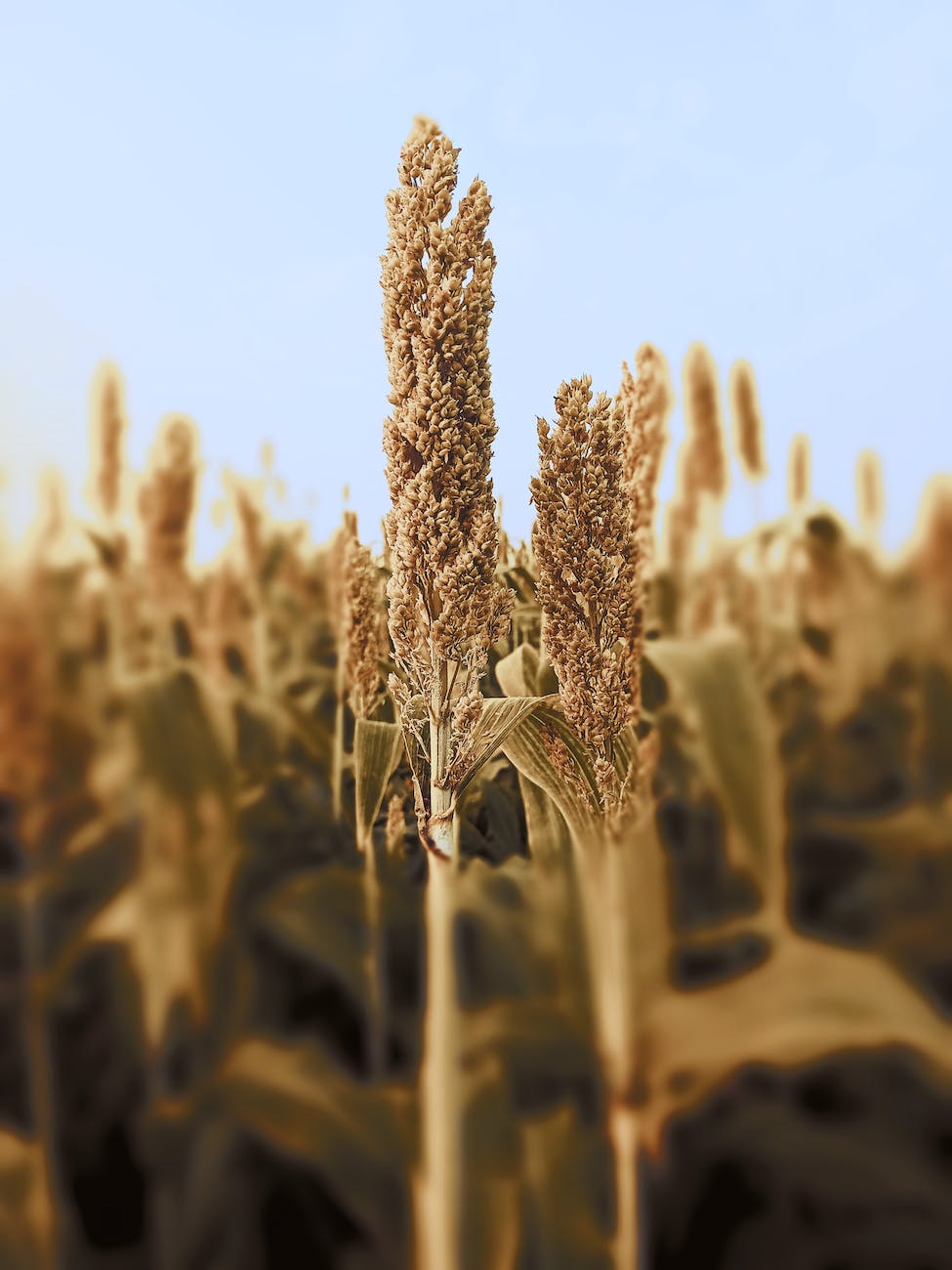
When it comes to managing blood sugar levels, understanding the glycemic index (GI) of various foods is essential. Millets, a group of ancient grains, have gained popularity for their nutritional benefits and potential impact on blood sugar control. In this informative blog post, we will explore the glycemic index of millets, shed light on their suitability for individuals with diabetes, and discuss the best millet options for managing blood sugar levels. Let’s dive into the world of millets and uncover their glycemic impact on your health! 🌾🥣🩸
1. The Glycemic Index of Millets: Unveiling the Numbers 🌾🌾🌾
Q1: What is the glycemic index of bajra (pearl millet)? Bajra is reported to have a glycemic index score in the range of 55 to 70, making it almost moderate GI. Foods with a high GI are quickly digested and cause a rapid rise in blood sugar levels. Low GI foods are recommended for Diabetics in general, which means foods with a score of under 55. So when having Bajra, pair it with other ingredients like veggies, legumes, and healthy fats to further reduce the GI impact of the meal.
Q2: What about the GI of millets in general? The glycemic index of millets can vary depending on the specific type and processing. Millets, in general, have a moderate to low glycemic index, making them suitable for individuals looking to manage blood sugar levels. Including millets in your diet can provide sustained energy and help prevent sharp spikes in blood sugar.
2. Millets and Blood Sugar Control: Exploring the Benefits 🌾🌾🌾
Q3: Are millets good for individuals with diabetes? Millets can be a beneficial addition to the diet of individuals with diabetes. Their low to moderate glycemic index can help regulate blood sugar levels. The complex carbohydrates and high fiber content in millets contribute to slow digestion and promote stable blood sugar levels.
Q4: Which millet is best for diabetes management? When it comes to diabetes management, different millets offer varying benefits. Finger millet (ragi) has gained attention for its low glycemic index and potential blood sugar-lowering effects. Foxtail millet and little millet also have relatively lower glycemic indexes, making them suitable options. It’s important to consult with a healthcare professional or registered dietitian to determine the best millet choices based on your individual needs.
3. Exploring the Glycemic Index of Specific Millets 🌾🌾🌾
Q5: What is the glycemic index of finger millet (ragi)? Finger millet (ragi) has a glycemic index of 83. Its low glycemic index, coupled with its high fiber and nutrient content, makes it a favorable choice for individuals with diabetes.
Q6: What is the glycemic index of sorghum (jowar)? Sorghum, or jowar, has a glycemic index of approximately 55. It falls in the moderate range, making it suitable for individuals looking to manage their blood sugar levels.
Q7: Can millet-based dishes like upma have a significant impact on blood sugar levels? The glycemic index of specific dishes like millet-based upma can vary based on the ingredients and cooking methods used. However, since millets have a moderate to low glycemic index, properly prepared millet-based dishes are generally considered favorable for blood sugar control.
4. Low Glycemic Millets and Practical Tips 🌾🌾🌾
Q8: Are there specific millets with a low glycemic index? While millets, in general, have a moderate to low glycemic index, finger millet (ragi) and foxtail millet are often recognized for their relatively lower glycemic indexes. Including these millets in your diet can contribute to better blood sugar management.
Q9: What are some practical tips for incorporating millets into a diabetes-friendly diet?
- Include a variety of millets in your meals to benefit from their diverse nutrient profiles.
- Combine millets with vegetables, lean proteins, and healthy fats to create balanced meals.
- Practice portion control and monitor your blood sugar levels regularly to understand your body’s response to millets.
- Consult with a healthcare professional or registered dietitian for personalized guidance on millet consumption based on your specific needs.
What are the popular Millet available in India?
There are several types of millet that are commonly available in India. Here are some of the most popular ones:
- Foxtail Millet (Korra): This is one of the most widely cultivated millets in India, and is a staple food in many parts of the country. It is a rich source of dietary fiber, protein, and iron.
To explore the latest prices and options for Foxtail Millets or Korra on Amazon India, please Click Here. - Pearl Millet (Bajra): This millet is commonly grown in arid regions of India and is used to make rotis, bhakris, and other dishes. It is a good source of iron, calcium, and magnesium.
To explore the latest prices and options for Pearl Millets or Bajra on Amazon India, please Click Here. - Finger Millet (Ragi): This millet is a popular food in Southern India, and is used to make porridges, dosas, and other dishes. It is a good source of protein, calcium, and iron.
To explore the latest prices and options for Finger Millets or Ragi on Amazon India, please Click Here - Barnyard Millet (Sanwa): This millet is commonly grown in the hilly regions of India, and is used to make khichdi, porridge, and other dishes. It is a good source of protein, dietary fiber, and B vitamins.
To explore the latest prices and options for Barnyard Millets or Sanwa on Amazon India, please Click Here. - Little Millet (Kutki): This millet is commonly grown in the eastern parts of India, and is used to make khichdi, upma, and other dishes. It is a good source of dietary fiber, protein, and minerals.
To explore the latest prices and options for Little Millets or Kutki on Amazon India, please Click Here. - Kodo Millet (Varagu): This millet is commonly grown in the southern parts of India, and is used to make upma, idlis, and other dishes. It is a good source of dietary fiber, protein, and minerals.
To explore the latest prices and options for Kodo Millets or Varagu on Amazon India, please Click Here.
Certainly! Below is a comprehensive guide about the Glycemic Index (GI) of various millets and their implications for health:
Glycemic Index (GI)
The Glycemic Index (GI) is a relative ranking of carbohydrate in foods according to how they affect blood glucose levels. Carbohydrates with a low GI value (55 or less) are more slowly digested, absorbed, and metabolized and cause a lower and slower rise in blood glucose and, therefore, insulin levels.
GI of Various Millets
1. Bajra (Pearl Millet)
- GI Score: 54
- Implication: Being a medium GI food, Bajra is suitable for most individuals including those managing their blood sugar levels.
2. Jowar (Sorghum)
- GI Score: 49.85 (White Jowar), 52.56 (Yellow Jowar)
- Implication: Jowar, with its low to medium GI, is a good option for maintaining stable blood sugar levels.
3. Ragi (Finger Millet)
- GI Score: Low (exact number not specified)
- Implication: Ragi is an excellent choice for individuals looking to manage their blood sugar levels and overall health.
4. Little Millet
- GI Score: 52.11
- Implication: With a medium GI, Little Millet is a balanced choice for regular consumption.
5. Foxtail Millet
- GI Score: Low (exact number not specified)
- Implication: Foxtail Millet is beneficial for blood sugar management due to its low GI.
6. Kodo Millet
- GI Score: 52.7
- Implication: Kodo Millet, with a medium GI, is suitable for most individuals.
7. Kambu
- GI Score: 54
- Implication: Kambu, having a medium GI, can be included in a balanced diet.
8. Barnyard Millet
- GI Score: Medium (exact number not specified)
- Implication: Barnyard Millet is a reasonable choice for maintaining blood glucose levels.
9. Varagu
- GI Score: 50 to 55 or 68 ± 8
- Implication: Varagu has a variable GI and should be consumed considering individual health conditions.
Conclusion: 🌾🌾🌾
Millets, with their moderate to low glycemic index, offer a valuable option for individuals looking to manage their blood sugar levels. These ancient grains provide sustained energy, dietary fiber, and important nutrients. Including millets like finger millet (ragi), foxtail millet, and sorghum in your diet can contribute to stable blood sugar levels and overall well-being. As with any dietary change, it’s important to consult with a healthcare professional or registered dietitian to tailor your diet to your individual needs. Embrace the benefits of millets and savor their nutritious goodness while maintaining optimal blood sugar control! 🌾🥣🩸
Blog Tags: Glycemic Index, Millets, Blood Sugar Control, Diabetes Management, Finger Millet (Ragi), Sorghum (Jowar), Nutrition, Healthy Eating, Ancient Grains
To Read more about the benefits of millets, Click Here.

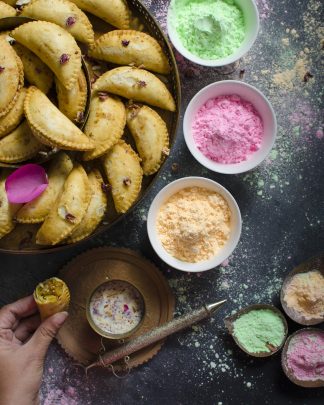
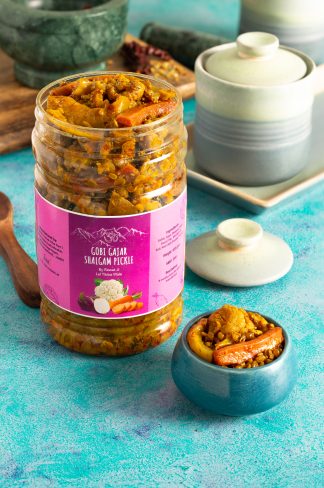
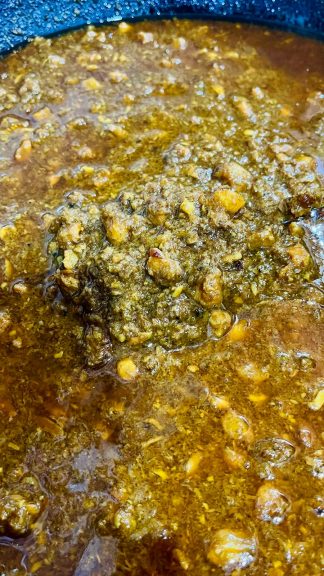
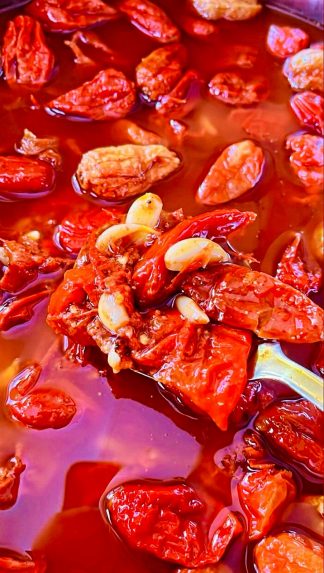
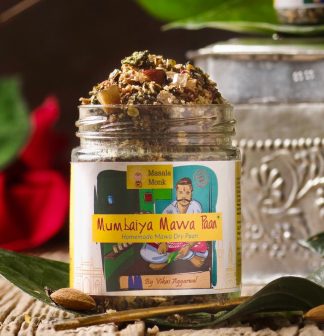
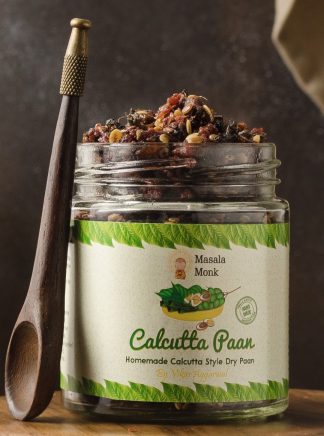
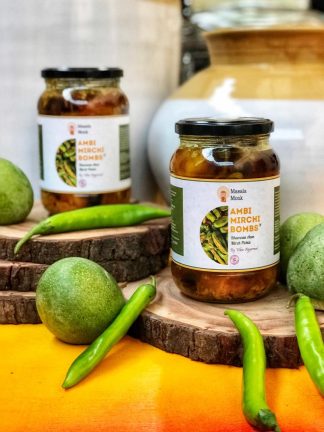
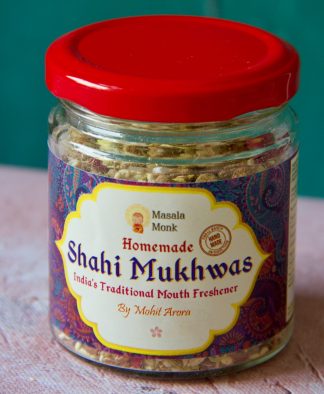
[…] Low Glycemic Index: Millets have a low glycemic index, which means that they release glucose into the bloodstream slowly, providing sustained energy and helping to regulate blood sugar levels. This makes them an excellent choice for people with diabetes and for those looking to maintain stable blood sugar levels.Read More : The Low-GI Wonder: Millets and Their Benefits for Blood Sugar Control […]